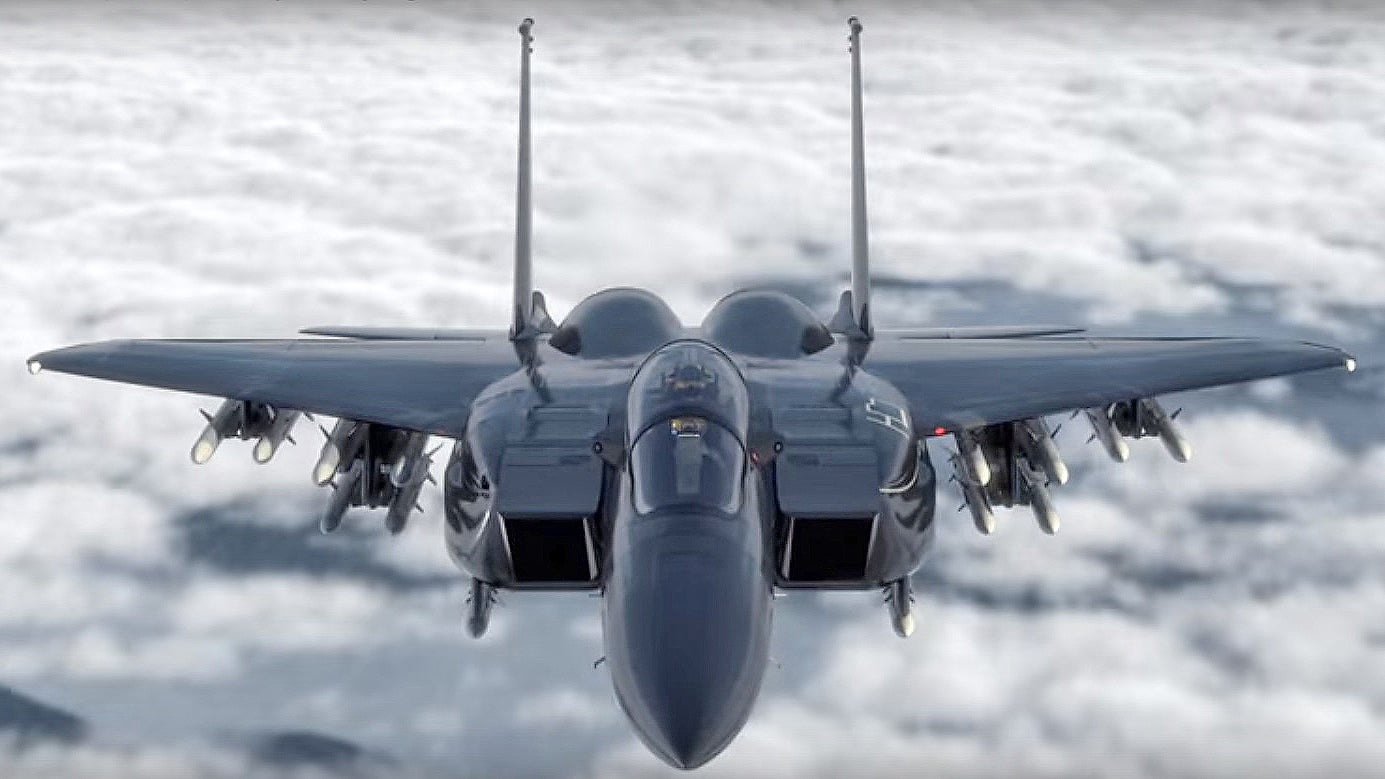Qatar has finally moved forward with a long-standing plan to buy advanced fighter jets from the United States. This comes amid a massive spat between the small country and Saudi Arabia that has spiraled into a huge political crisis throughout the Middle East and beyond.
On June 14, 2017, Bloomberg News reported that the Qataris would sign a $12 billion deal to buy up to 36 F-15QA fighter jets from Boeing. The country’s Ministry of Defense later announced it had reached an agreement, which followed a meeting between Minister of State for Defense Affairs Dr. Khalid bin Mohammed Al Attiyah and U.S. Secretary of Defense James Mattis that day, but did not confirm the total number of aircraft in the order or offer any expected delivery schedule.
The F-15QA – standing for “Qatar Advanced” – is a version of Boeing’s latest version of the fighter, the F-15 Advanced Eagle. Derived from the U.S. Air Force’s F-15E Strike Eagle, the multi-role jet features two General Electric F-110-129 engines – also found on Saudi Arabia’s F-15S and SA, Singapore’s F-15SG, and South Korea’s F-15K – each of which produce almost 30,000 pounds of thrust, along with a host of improvements to the aircraft’s avionics and mission systems.
More visibly, the new variant includes two additional underwing hardpoints. When it first revealed the design, the Chicago-headquartered firm prominently featured these new additions in its press packages, highlighting the plane’s ability to carry as many as 16 AIM-120 long-range air-to-air missiles. Bristling with hardpoints, the aircraft can carry up to 23,000 pounds of ordnance and external fuel, including both air-to-air and air-to-surface weapons, according to Boeing. The Eagle is also upgraded with a full fly-by-wire flight control system. This not only enhances maneuverability, but also safety.
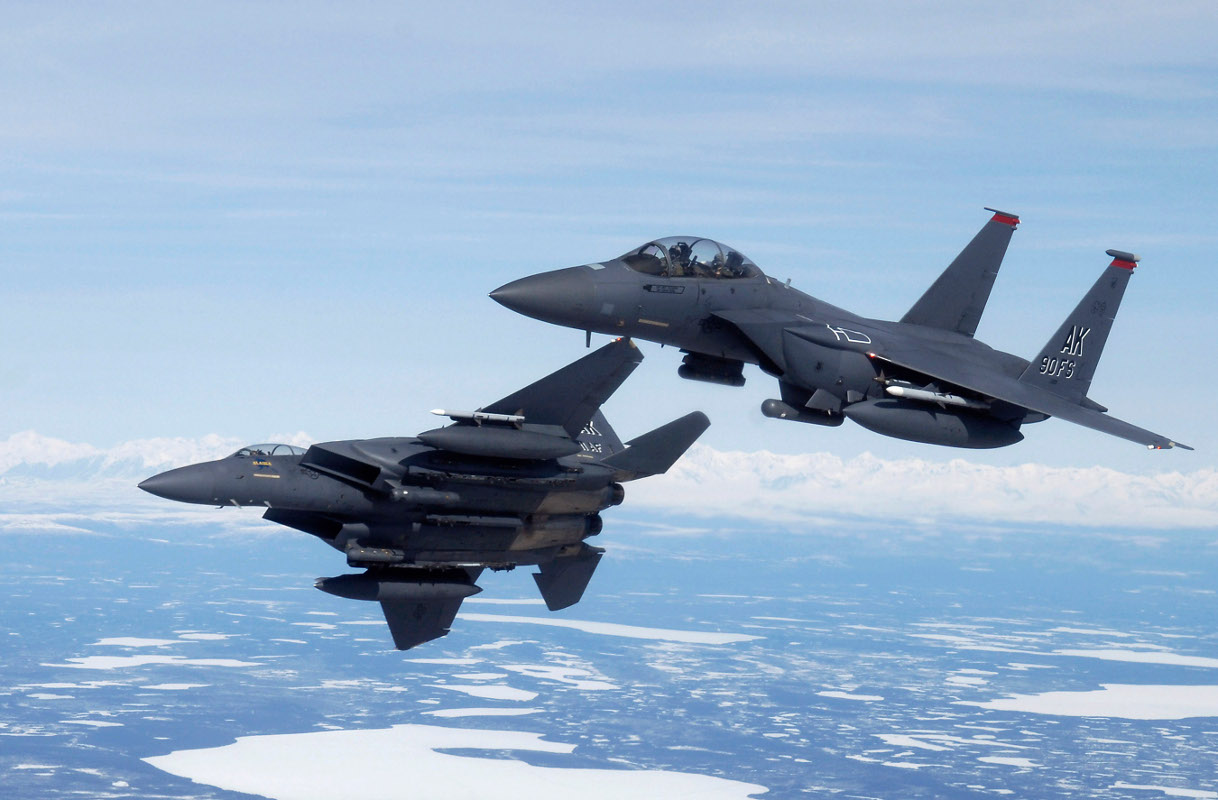
In addition, the fighters can come with either the AN/APG-63(V)3 or AN/APG-82(V)1 radar, both active electronically scanned array (AESA) types from Raytheon. These are widely regarded as the most powerful and capable fighter radar sets in existence. The U.S. Air Force is in the process of upgrading its F-15C/D aircraft with the AN/APG-63(V)3 and Singapore and Saudi Arabia both chose this unit for their latest jets. The AN/APG-82(V)1 is becoming standard on the F-15E. We don’t know the exact configuration of the QA version and Boeing has historically offered a variety of optional extras to specific customers, such as Israel, as well.

It seems likely, especially given the nomenclature, that the Qatari version will be similar to the Saudi F-15SA, which is the most advanced Eagle variant in service to date. Beyond the F-110-129 engines and AN/APG-63(V)3 radar, the SA variant has an updated “glass” cockpit with a large digital multi-function display, advanced early warning systems and defensive countermeasures, and the ability to use helmet-mounted displays in both the front and rear cockpits. On top of that, there is an infrared search and track system, nicknamed “Tiger Eyes,” in the pylon holding a targeting pod under the left engine intake. The Saudi planes come ready to carry a variety of air-to-air and air-to-surface weapons, including the AIM-9X and AIM-120 air-to-air missiles, the AGM-84 Standoff Land Attack Missile-Expanded Response (SLAM-ER) cruise missile, and the dual-mode GBU-54/B Laser Joint Direct Attack Munition (JDAM) smart bomb.

But the execution of the Qatari Eagle deal at this time is clearly ironic, given that earlier in June 2017, the regime in Riyadh and many of its regional allies severed all links, diplomatic and physical, with its smaller neighbor, touching off a far-reaching crisis with no end in sight. The Saudis said their decision was ostensibly over Qatar’s links to terrorist organizations, but tensions between the two have were already long simmering when the situation finally boiled over, something we’ve reported on previously in detail at The War Zone. Separately, political turmoil in the United States has hampered its ability to step in as peacemaker.
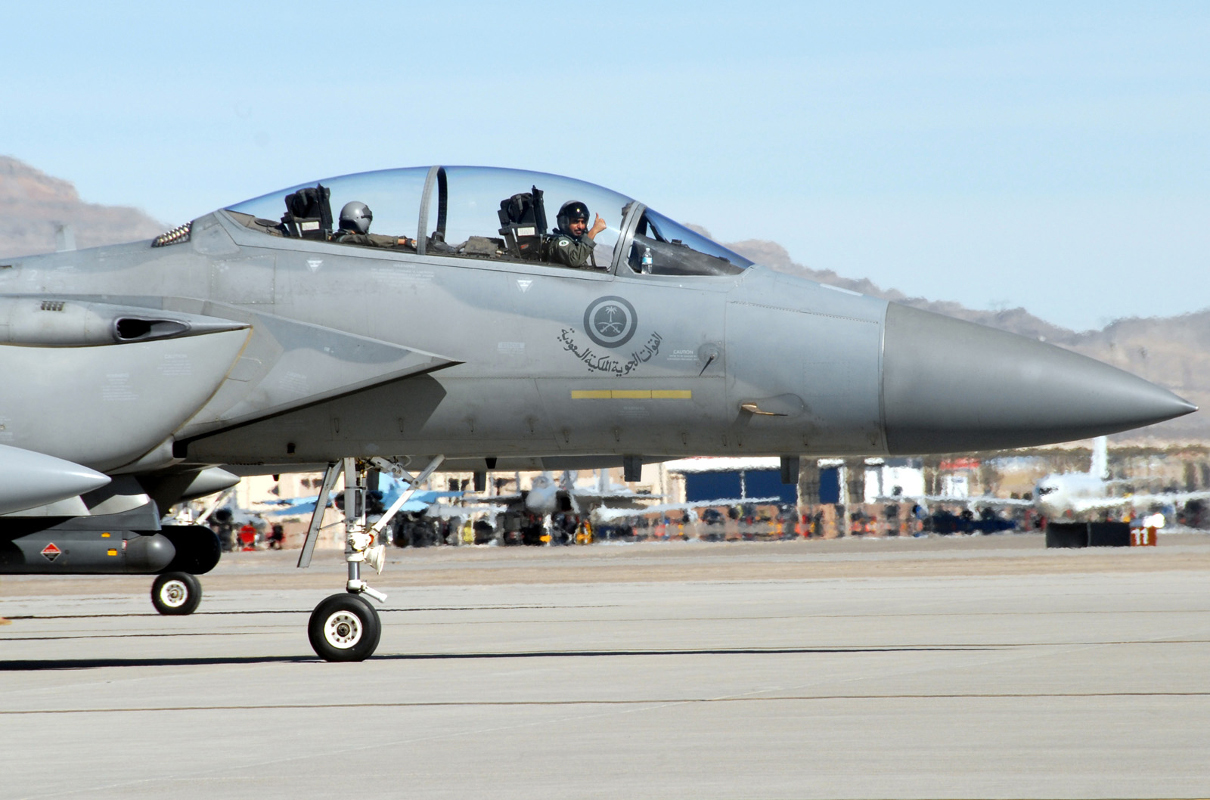
On June 6, 2017, U.S. President Donald Trump tweeted out his apparent support for the Saudi move, accusing Qatar of “funding of Radical Ideology.” His administration, however, attempted to take a more nuanced and diplomatic approach to a flap between two major regional allies.
“We call on Qatar to be responsive to the concerns of its neighbors,” Secretary of State Rex Tillerson said on June 9, 2017. “[But] the blockade is also impairing U.S. and other international business activities in the region and has created a hardship on the people of Qatar and the people whose livelihoods depend on commerce with Qatar. The blockade is hindering U.S. military actions in the region and the campaign against ISIS.”
Tillerson was referring in part to the U.S. military’s use of Al Udeid Air Base in Qatar, which is home to the U.S. Air Force’s Combined Air Operations Center for operations across the Middle East and Central Asia, among other things. Though the Pentagon had quickly tried to downplay the crisis a “political issue” that wouldn’t impact operations, we at The War Zone worried about the implications for the fight against ISIS and other military activities in the region. Tyler Rogoway wrote:
By calling this a “political issue” the Pentagon must see the Saudis’ claims toward Qatar as straight up false or as a matter of dubious equivalency, because it is nearly impossible to argue that those claims are not directly associated with the US-led coalition’s military mission in Qatar. Especially considering that America’s primary goal in the region is to stamp out the same sort of extremism that the Saudi’s allege Qatar supports, even if in a tacit manner.
This may turn out to be a truer test of where America’s ideals really lie, as well as the Trump Administration’s political will when it comes to the fight against terror, as any. If these allegations are true, the US stands to only erode its moral high ground on the issue if it refuses to act. And how can America expect to ask more for the counter-terror fight from its Arab allies, like Saudi Arabia, UAE and Bahrain if it doesn’t live by the same standards it preaches?
But within hours of Tillerson’s comments, Trump seemed to repudiate those remarks again, saying that he had agreed with other world leaders during a recent state visit to Saudi Arabia that the time had come to punish Qatar for funding terrorist organizations.
“The nation of Qatar has unfortunately been a funder of terrorism, and at a very high level,” Trump said during a shared press conference with Romanian President Klaus Iohannis. “So we had a decision to make. Do we take the easy road or do we finally take hard but necessary action?”
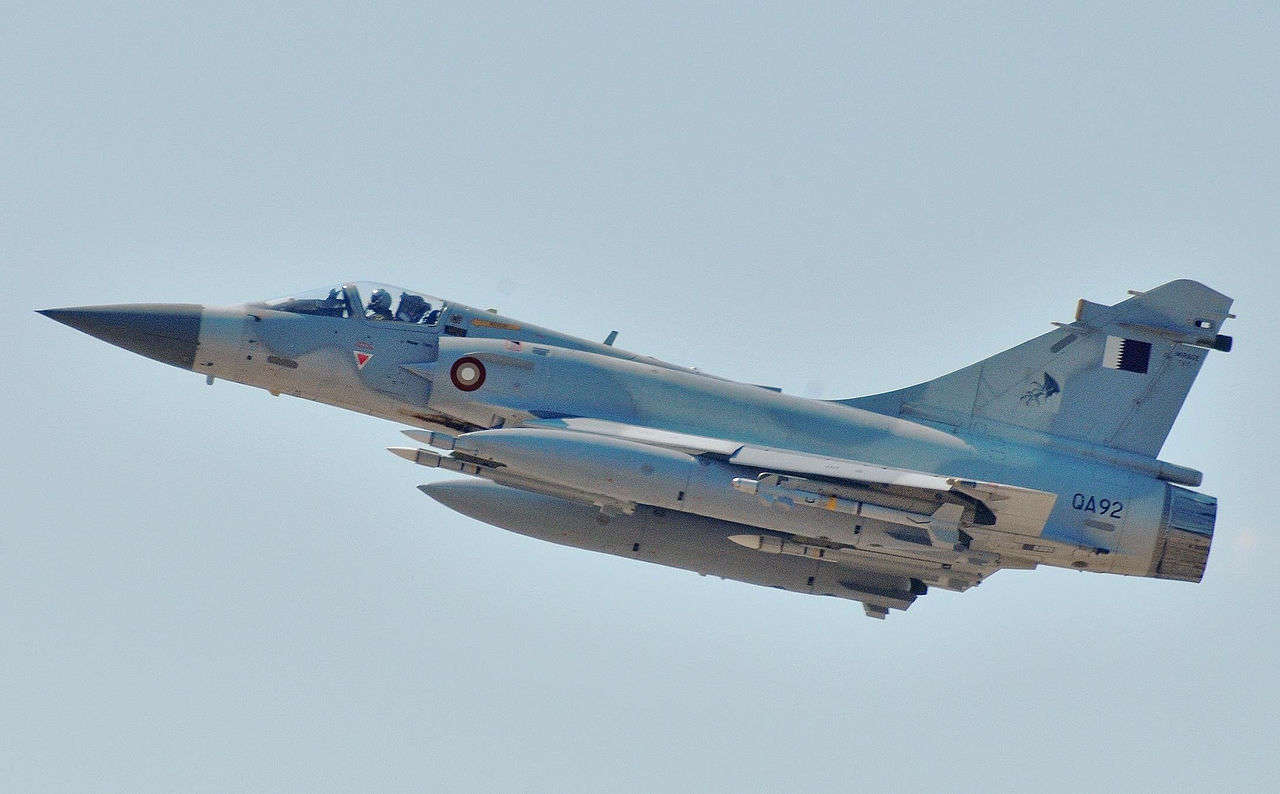
The Qatari fighter deal, in the works since 2015, had already been fraught with problems. President Barack Obama and his administration held back on approving the sale, a decision that seemed intended to placate Iran as part of the push for a major international agreement over that country’s nuclear program. In the interim, Qatar had put in an order for 24 Rafale from French plane maker Dassault. The Qatari Emiri Air Force wanted new fighters in the first place to replace its aging fleet of Mirage 2000-5s, another Dassault product.
After considerable pressure from supporters of the sale in Congress, the Obama administration finally signed off on the deal in November 2016. By that point, unfortunately, there were new, serious concerns about whether Qatar’s budget shortfalls might scuttle various military modernization programs. So, between the Rafale purchase and Saudi pressure, it remains unclear how many F-15s the small peninsular country will ultimately receive. Back in 2015, Senator Bob Corker, a Tennessee Republican, told Defense News that the plan called for a total of 73 aircraft, with an initial production run of 36 aircraft. This may be the number Bloomberg was relying on in its latest report. It’s worth noting that the country’s air force hasn’t gotten any of the Rafales yet, either.
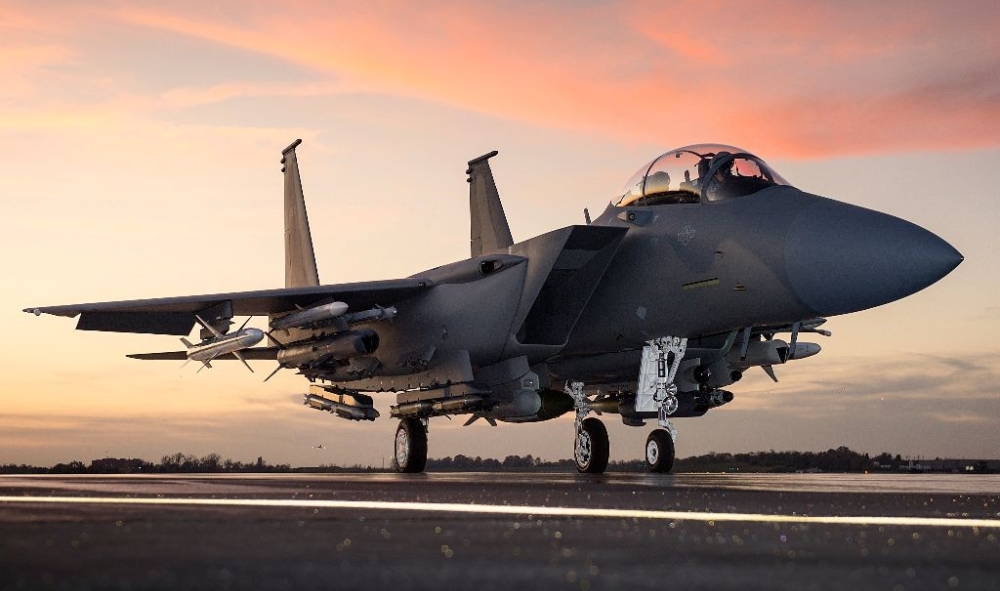
“This proposed sale enhances the foreign policy and national security of the United State by helping to improve the security of a friendly country and strengthening our strategically important relationship,” the Pentagon’s Defense Security Cooperation Agency said in a statement on November 17, 2016. “The proposed sale of this aircraft, equipment, training, and support services will not alter the basic military balance in the region,” it added, using canned language the United States includes in notices about all major arms deals.
It remains to be seen if those statements still hold true after more than a year and half.
Contact the author: joe@thedrive.com
